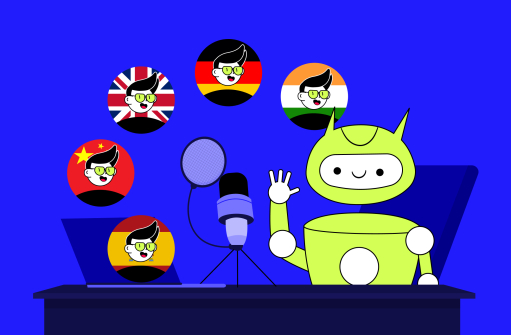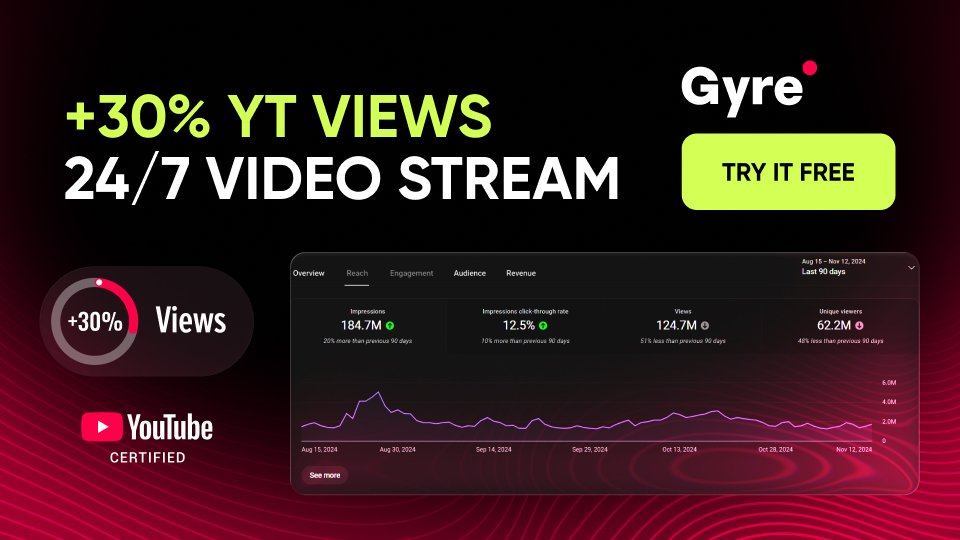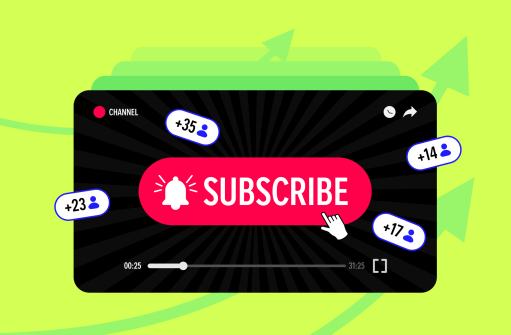Manually translating scripts, hiring actors, and syncing audio is costly and time-consuming. Modern AI lip sync apps and AI dubbing software now make it possible to do this automatically, accurately, and in dozens of languages — at a fraction of the cost.
Below is our 2025 roundup of the best AI tools for lip syncing videos and AI tools for dubbing videos, so you can focus on creating while the tech handles the rest.
Rask AI
Rask AI is a premium video dubbing app that combines automatic video lip sync AI with translation into 135 languages. It supports multiple speakers, offers voice cloning, and creates captions automatically.
Pros
- Supports 135 languages.
- Voice cloning and AI-generated voices.
- Auto-captions and shorts creation.
- Works with Google Drive & YouTube links.
- Handles videos up to 5 hours long.
Cons
- Higher price point.
- Cloned voices are limited to ~30 languages.
- No free plan.
Why it stands out: Rask AI is ideal for creators producing long-form content like documentaries or tutorials. Its multi-speaker sync ensures natural results even in complex videos.
Dubverse
Dubverse is a cloud-based lip sync video app perfect for collaborative projects. It supports over 60 languages and offers fine-tuning controls for syncing voices to video.
Pros
- Online collaboration tools.
- 450+ AI voice options.
- Automatic subtitles.
- Simple, browser-based interface.
Cons
- No voice cloning.
- Some voices sound robotic.
Why it stands out: Dubverse’s team-friendly workflow makes it great for agencies or creators working remotely. You can paste YouTube, TikTok, or Vimeo links and start dubbing instantly.
ElevenLabs
ElevenLabs is best known for its hyper-realistic voices. While it lacks a built-in automatic video lip sync AI, it’s a leader in AI dubbing for content creators who want unmatched vocal quality.
Pros
- Most natural-sounding voices in the market.
- Excellent voice cloning.
- Subtitle & caption generation.
- Extensive customization (accents, emotions).
Cons
- No automated lip sync.
- Only 29 languages.
Why it stands out: ElevenLabs is perfect for voice-heavy projects like audiobooks, podcasts, or promotional videos where vocal quality matters most. Its Dubbing Studio lets you fine-tune translations and timing for precise results.
MadLipz
MadLipz is a fun AI lip sync app for mobile users who want quick, creative dubbing. While not aimed at professional localization, it’s a hit for viral clips and memes.
Pros
- Very easy to use.
- Extensive library of short clips.
- Community sharing features.
Cons
- Limited editing features.
- More for entertainment than professional use.
Why it stands out: MadLipz is perfect for experimenting with AI dubbing tools before investing in premium options. You can record your audio, add effects, and even translate videos with AI dubbing into dozens of languages.
Top AI Tools for Lip Syncing Videos
For serious creators, AI tools for video localization can transform your reach. Whether you use Rask AI for long-form accuracy, Dubverse for team projects, ElevenLabs for lifelike voices, or MadLipz for quick creative clips, each offers unique strengths.
FAQ
What is AI dubbing, and how does it work?
AI dubbing uses machine learning to replace the original voice in a video with a translated, synthetic voice. It often includes syncing the new voice to the speaker’s lips for natural delivery.
What’s the difference between AI dubbing and AI lip sync?
AI dubbing focuses on generating translated voices, while AI lip sync tools align those voices with lip movements. The best video dubbing AI tools combine both.
Can AI dubbing tools translate videos into multiple languages?
Yes. Many multilingual AI dubbing tools can create multilingual videos with AI by translating scripts, generating voices, and syncing them automatically.
Can AI tools help create multilingual videos automatically?
Absolutely. Advanced tools offer automatic voice dubbing and syncing, allowing you to localize content without manual editing.







